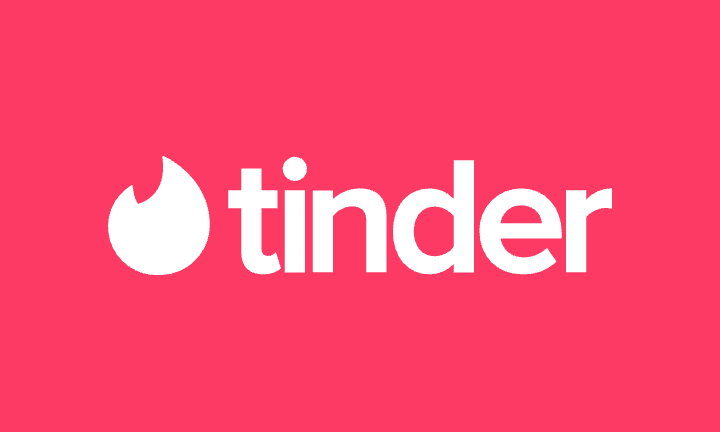
Tinder’s new height preference feature is sparking controversy
Tinder has introduced a new height filter preference feature, allowing users to set minimum and maximum height preferences for potential matches. This feature, currently in testing for Gold and Premium subscribers, has sparked heated debates about dating standards and superficiality. While Tinder insists that the height setting is not a hard filter- meaning it won’t block profiles but will influence recommendations, many users have expressed concerns that it reinforces biases in online dating.
The Height Debate: Does It Matter?
Height has long been a contentious factor in dating, particularly in heterosexual relationships, where taller men are often perceived as more attractive. Many dating profiles explicitly state height preferences, with women frequently listing a minimum height requirement for potential matches. Tinder’s new feature formalizes this preference, allowing users to adjust their Discovery settings to prioritize matches within their preferred height range.
However, critics argue that this move fuels unrealistic expectations and pressures users to misrepresent their height. Some users have taken to social media to express frustration, with one Reddit user stating, “It’s over for short men. What are they going to do now?”.
Tinder’s Justification: Personalization vs. Superficiality
Tinder has defended the feature, stating that it is part of a broader effort to help users connect more intentionally. According to Phil Price Fry, VP of Communications at Tinder, the height preference tool is designed to enhance user experience rather than exclude potential matches.
“This is part of a broader effort to help people connect more intentionally on Tinder. Our new product principles guide every decision, and this one speaks directly to a few: prioritizing user outcomes, moving fast, and learning quickly,” Fry explained.
Despite Tinder’s assurances, the feature has reignited discussions about superficiality in online dating. Many argue that height-based filtering reinforces unrealistic beauty standards, making dating apps even more exclusionary.
Impact on Tinder’s User Base
The introduction of the height filter comes at a critical time for Tinder, as its parent company, Match Group, has reported a 5% decline in paid users. By adding features that cater to specific preferences, Tinder hopes to increase engagement, particularly among female users, who statistically express stronger height preferences.
However, the move could also alienate a portion of Tinder’s user base, particularly men under 5’7”, who may feel disadvantaged by the new preference setting. Some users have even suggested that Tinder should introduce a weight preference filter to balance the equation.
Conclusion
Tinder’s height preference feature is a bold experiment in online dating personalization. While some users welcome the ability to filter matches based on height, others argue that it reinforces superficial biases. As Tinder continues testing the feature, the debate over whether height should be a deciding factor in relationships remains as heated as ever.
Also read – Gukesh Stuns Carlsen in Norway Chess 2025: A Historic Triumph
1 thought on “Tinder’s Height Filter Sparks Controversy: A Game-Changer or Superficial Preference?”